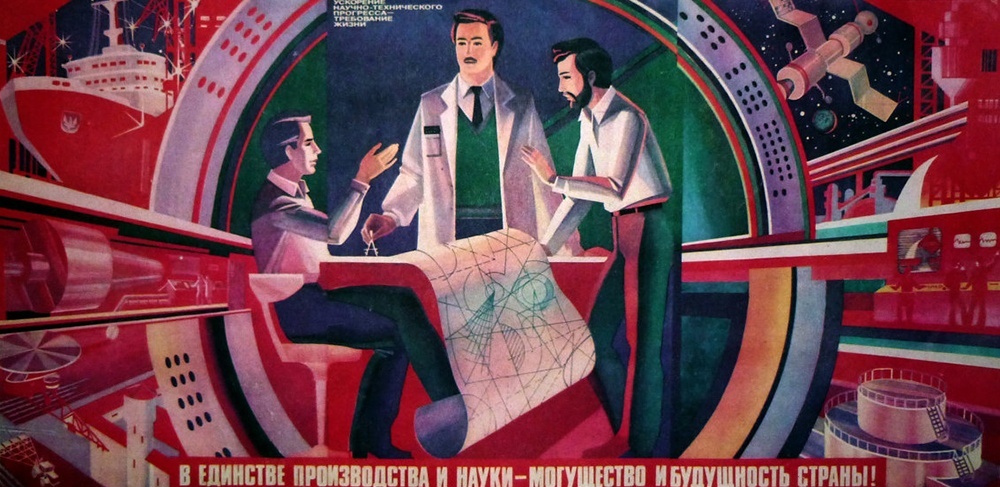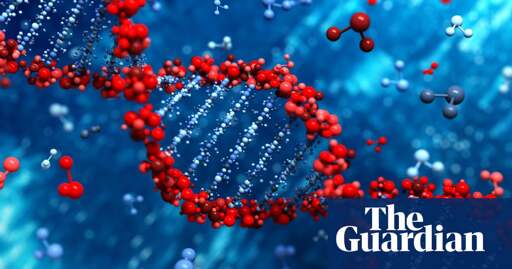The international group of Nobel laureates and other experts warn that mirror bacteria, constructed from mirror images of molecules found in nature, could become established in the environment and slip past the immune defences of natural organisms, putting humans, animals and plants at risk of lethal infections.
Although a viable mirror microbe would probably take at least a decade to build, a new risk assessment raised such serious concerns about the organisms that the 38-strong group urged scientists to stop work towards the goal and asked funders to make clear they will no longer support the research.
Many molecules for life can exist in two distinct forms, each the mirror image of the other. The DNA of all living organisms is made from “right-handed” nucleotides, while proteins, the building blocks of cells, are made from “left-handed” amino acids. Why nature works this way is unclear: life could have chosen left-handed DNA and right-handed proteins instead.



depends on what it eats and how it eats. If it photosynthesizes, I think it could be viable; water, O2, and CO2 are non-chiral. Alternatively, if it's not an autotroph but it evolves specialized metabolic enzymes after enough generations in an industrial vat, or someone engineers those enzymes with whatever tech we have in the next few decades, that might also be a path to viability. I think there's already research on enzymatic pathways for converting D-sugars to L-sugars. https://www.researchgate.net/publication/221847354_Enzymes_for_the_biocatalytic_production_of_rare_sugars